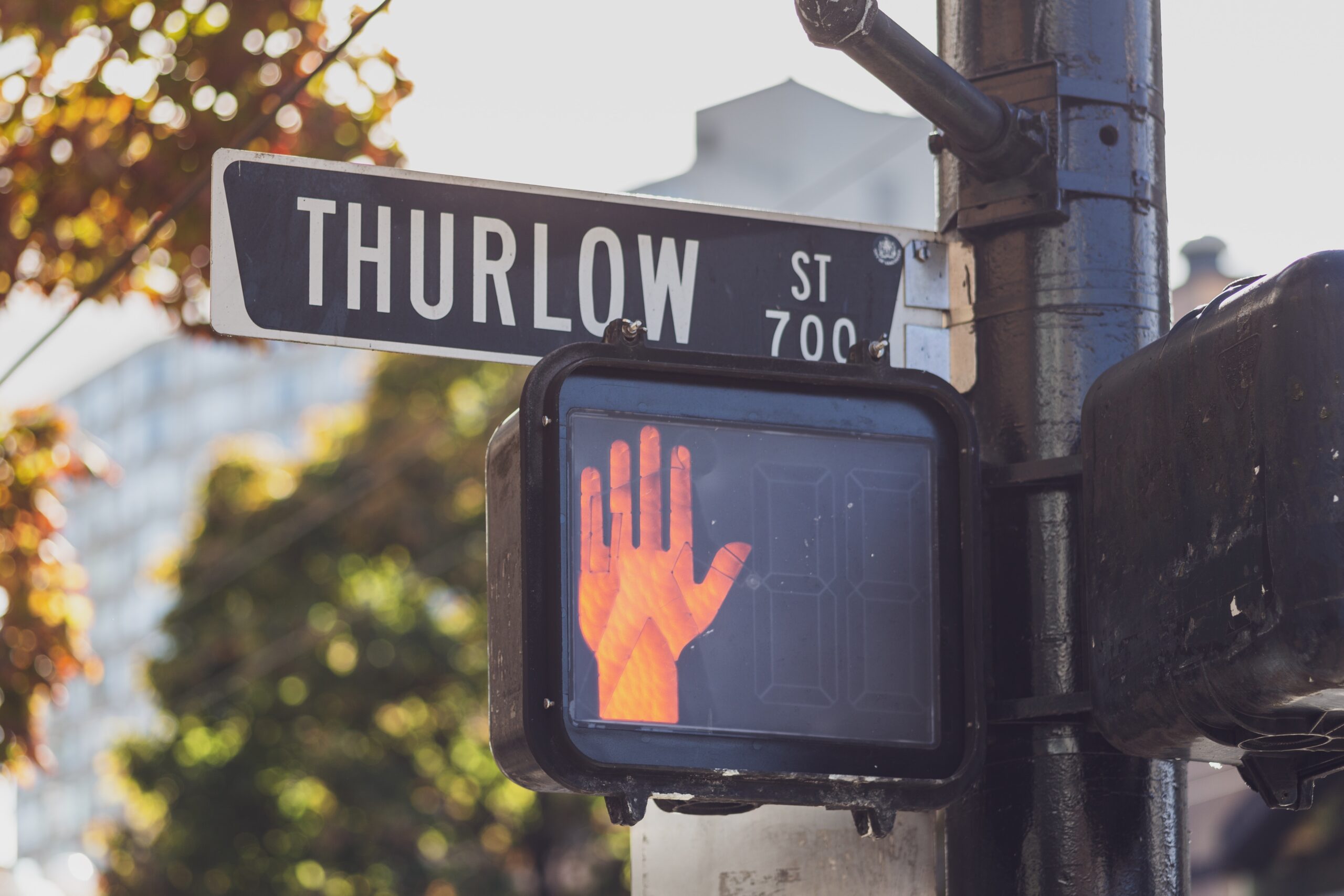In a world that rarely slows down, choosing a mindful approach to uncertainty becomes both a survival skill and a sacred act. We are flooded each day with noise—endless headlines, to-do lists, pings, posts, alerts. In the chaos, our minds grasp for control. Meaning. Clarity. Safety. We latch onto the first story that comes, and we call it truth.
But what if the first thought is not the final truth? What if uncertainty is not the enemy?
This is the place where healing begins—not in the knowing, but in the not-knowing. In the pause. In the willingness to sit with the questions, instead of racing to the answers. This is the practice. This is the invitation.
Presence Before Interpretation
At Recovery Café, and within the evolving framework of our Healing Pathways program, we often begin not with action, but with presence. Before we talk about goals or outcomes, we ask: can you sit with what is? Can you breathe into the discomfort of not knowing?
Our culture rewards rapid response. Reflex. Snap judgment. But healing requires space. It requires a new relationship with ambiguity. A mindful approach to uncertainty invites us to examine the meanings we reflexively assign to situations, and to hold them gently—not as fact, but as possibility.
Practicing the Pause: Choosing Not-A
In The Healing Pathways, one of the earliest lessons we offer is the practice of “Not-A.” Rather than grabbing onto the first interpretation (“A”), we explore its opposites, its alternatives. We ask: what else might be true?
This disrupts cognitive bias. It invites curiosity. It widens the lens.
For example, if someone does not return your message, the automatic thought might be “They are upset with me.” But what if the opposite were also true? “They are overwhelmed.” “They forgot.” “It is not about me.” This is not about excusing or ignoring reality—it is about meeting it with open eyes and an unclenched heart.
From Avoidance to Embodiment
A true mindful approach to uncertainty is not mental alone. It is embodied. In our current facilitator training at Wind and Raven, we emphasize grounding tools that help participants reconnect to their bodies as a source of wisdom—not just symptoms.
Practices such as conscious breathwork, the Ceremony of the Body, and presence-based journaling give people a way to metabolize uncertainty rather than escape it. When we return to sensation, to breath, to contact with the ground beneath us, we begin to heal not just our thoughts, but our nervous systems.
Letting Go of the Need for Immediate Meaning
Not every experience needs to be deciphered. Some moments are meant to be witnessed. When we can admit that we do not know what something means, we allow room for new insights to emerge.
At its core, mindfulness is about surrender—not to helplessness, but to presence. You are not required to figure it all out right now. You are invited to show up, breathe, and make room for what unfolds.
Uncertainty as a Spiritual Teacher
I do not speak these things in theory. I speak them from the edge of mortality, where uncertainty was not a philosophical idea but a visceral truth. It was there, under the fig tree I called Newton, in the presence of death, that I learned uncertainty could be a teacher. That it could guide me not toward despair, but toward awakening.
Uncertainty reveals what we cling to. It shows us our stories. Our fears. Our unmet grief. But it also reveals our capacity. Our courage. Our clarity. Our connection. In sitting with the unknown, we meet the unspoken parts of ourselves that are still alive, still whole, still listening.
Practical Ways to Cultivate a Mindful Relationship with the Unknown
- Pause Before Reaction: Take three conscious breaths before responding to stimuli—especially texts, emails, or emotional triggers.
- Journal “Not-A” Scenarios: When a strong story forms in your mind, write down three alternative possibilities.
- Ground Through Sensation: Anchor your awareness in your feet, your breath, your heartbeat—especially during high-anxiety moments.
- Practice Heart-Centered Breathing: Place your hand on your heart, breathe deeply, and offer yourself the same compassion you would extend to someone you love.
Closing: This Is How It Feels to Begin
We are not here to eliminate uncertainty. We are here to transform our relationship with it. That is what it means to walk the healing path—not toward control, but toward connection. Not toward perfect knowledge, but toward embodied trust.
If you are curious about how to deepen this work, consider exploring the upcoming Healing Pathways program, currently in development at Recovery Café Athens, in partnership with Wind and Raven. This integrative model weaves mindfulness, presence, and storywork into a living journey of recovery, resilience, and remembrance.
You do not have to know where it leads. You only have to be willing to begin.
